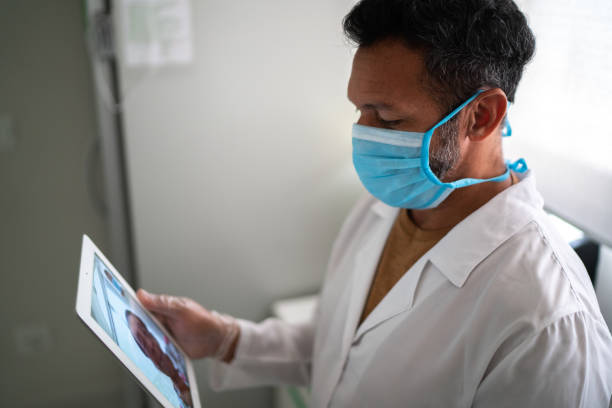Understanding Vital Signs Monitoring: Tools and Techniques
Patient monitoring solutions are revolutionizing healthcare by providing real-time insights into patients' vital signs and overall health status. In today's era of chronic disease management, understanding vital signs monitoring and the tools and techniques involved is crucial for improving patient outcomes. Let's delve deeper into this topic to explore how chronic care companies leverage vital signs monitoring to enhance patient health.

Understanding Vital Signs Monitoring
Vital signs monitoring involves the regular measurement and assessment of key physiological parameters, including heart rate, blood pressure, respiratory rate, temperature, and oxygen saturation. These vital signs provide valuable information about a patient's overall health status and help healthcare providers identify potential issues or changes in condition.
Tools for Vital Signs Monitoring
Chronic care companies utilize a variety of tools and devices for vital signs monitoring, ranging from traditional medical devices to innovative wearable technology. Traditional devices such as blood pressure monitors, thermometers, and pulse oximeters remain essential for accurate and reliable measurements. However, advancements in technology have led to the development of wearable devices, smart sensors, and remote monitoring platforms, allowing for continuous monitoring of vital signs in real-time.
Techniques for Vital Signs Monitoring
In addition to utilizing advanced tools and devices, chronic care companies employ various techniques for vital signs monitoring to ensure accuracy and reliability. These techniques may include standardized protocols for measurement, regular calibration of equipment, and continuous quality assurance practices. Moreover, integrating data from multiple sources, such as electronic health records and patient-reported outcomes, enables a comprehensive assessment of patients' health status and facilitates personalized care planning.
Benefits of Vital Signs Monitoring
The benefits of vital signs monitoring in patient health are manifold. By continuously monitoring vital signs, healthcare providers can detect early signs of deterioration or complications, allowing for timely intervention and preventive measures. Moreover, real-time monitoring enables proactive management of chronic conditions, optimizing treatment outcomes and reducing the risk of hospitalizations or adverse events. Additionally, remote monitoring capabilities provided by patient monitoring solutions enhance patient engagement and adherence to treatment plans, ultimately improving overall health and well-being.
The Role of Chronic Care Companies
Chronic care companies play a pivotal role in advancing vital signs monitoring and patient monitoring solutions. These companies specialize in developing and implementing technology-enabled solutions tailored to the unique needs of patients with chronic conditions. By partnering with healthcare providers and leveraging their expertise in chronic disease management, chronic care companies ensure that patients receive personalized, high-quality care that is tailored to their individual health needs.
Conclusion
In conclusion, vital signs monitoring is a cornerstone of patient monitoring solutions offered by chronic care companies. By utilizing advanced tools, techniques, and technologies, these companies empower healthcare providers to monitor patients' health status more effectively and intervene proactively when necessary. As technology continues to evolve, the role of chronic care companies in improving patient health through vital signs monitoring will only become more significant, ushering in a new era of personalized and proactive healthcare.



Comments
Post a Comment